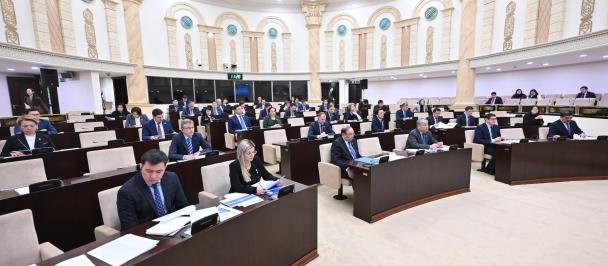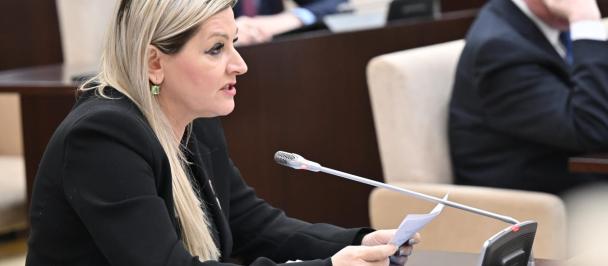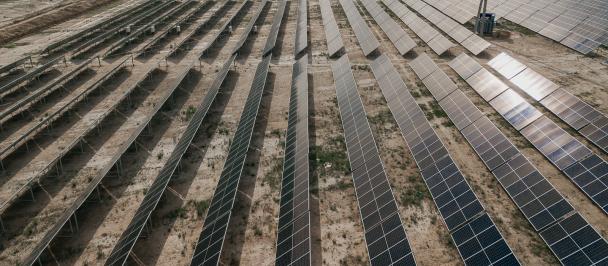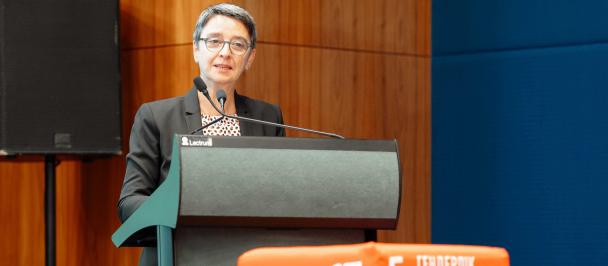Achieving carbon neutrality by 2060 – Stepping up to the plate on green technologies
September 19, 2022
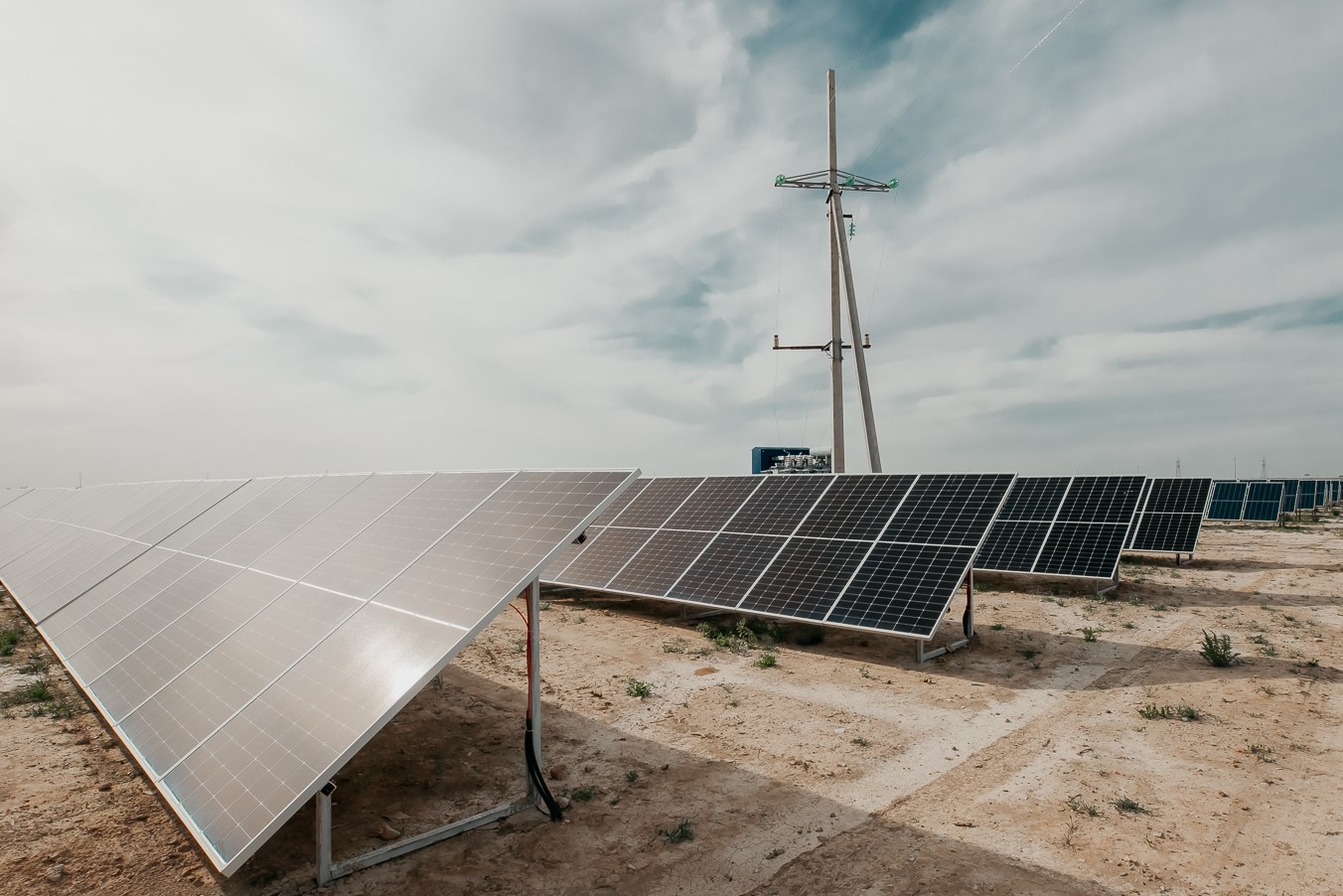
One of the most important items on the global green agenda is low-carbon development of national economies. Kazakhstan, which is among the 10 countries with the highest greenhouse gas emissions per unit of GDP, is developing a strategy to achieve carbon neutrality by 2060. Building an effective model for "green" growth requires an analysis of the current situation of production facilities for further modernization, diversification and adaptation of "green" technologies, considering the resource potential and climate in the regions.
In order to study the opportunities around renewable energy (RES) technologies use for heating, cooling and hot water supply in different geographical areas, comprehensive research was carried out. The study is part of a joint project implemented by UNDP, in cooperation with the Ministry of Energy of the Republic of Kazakhstan, and funded by the Global Environment Facility.
"It's about combined use of technologies and not competing with existing heating networks. The use of solar panels, heat pumps and biomass boilers for hot water and heating has already demonstrated its economic benefits for individual housing, multi-story buildings, SMEs and farms. After all, the cost of electricity per 1 kWh is more expensive for SMEs than for other consumer groups,"says Abay Kulanbay, Director of the Department of RES, Ministry of Energy of the Republic of Kazakhstan.
An analysis of the intensity of solar radiation and electric energy production (utilization rate of installed capacity) of operating solar power plants has shown that the use of solar panels makes the most sense in the regions of Almaty, Kyzylorda, Turkestan and Zhambyl.
As for photovoltaic systems, considering the minimum electricity tariff, from which pay-back begins, it is most advisable to install them on the roofs of administrative buildings in the cities of Balkhash, Ekibastuz, Karaganda, Kostanay and Temirtau. Up to 5 m2 per 1 kW is required for installation on the roofs of residential and administrative buildings. Therefore, for systems with capacity of 15-20 kW, a roof area of 75-100 m2 is needed.
In industry and central heating more than 98 MW electric heaters of various types are used for heating and hot water supply.
"Industrial enterprises in Kazakhstan, in addition to central heating, use their own heat sources, such as coal boilers, diesel fuel boilers and, less frequently, electric boilers. One needs to consider the possibility of converting diesel boilers to combined systems with renewable energy sources. The existing electric boiler houses should be supplemented by systems with heat pumps or solar collectors,"says Yerlan Dairbekov, UNDP project expert.
In addition, the results of the study showed that the system of manual regulation of tariffs impacts the attractiveness and profitability of RES technologies and hinders their widespread use and dissemination. As part of the study, a survey was conducted among energy specialists, representatives of state bodies in the energy sector, market participants and associations.
The results of the survey revealed the lack of a long-term plan for developing the electricity industry. However, they allowed researchers to create standard engineering and financial plans for the implementation of technically feasible and economically viable solutions using renewable energy technologies.
Please download the report here.
Worth noting is that UNDP is actively working with the Government of the Republic of Kazakhstan and national partners to address climate change. Such collaborative efforts are developing and expanding financing mechanisms for clean technologies and low-carbon enterprise development through the so-called Green Finance Accelerator. The development of low-carbon enterprises is promoted through innovative mechanisms, such as green bonds, renewable energy auctions and carbon trading.
In this way, UNDP, the government and national partners are rising to the occasion of finding a path to low-carbon development.

 Locations
Locations